
Salty Sam’s Fun Blog for Children
Number 136
Camouflage
Hello Everyone

This week, Bill and Bob were telling me about something they had been learning about at school recently. They had been learning about the word ‘camouflage’. lt means to have a colour or markings to blend in with the background.
Let me tell you about what they learnt because l think you will find it very interesting…
Animals very often camouflage themselves so that they can’t be seen very easily in their habitat (where they live) and very often they want to hide their babies from other animals when they go out looking for food.
Soldiers use the same idea when they trek through the jungle or across deserts. They wear different colours according to where they are operating.
Lion cubs are the colour of dried grass and plover chicks are spotty and blend into the shingle or sand beach where their nests are situated.
Polar bears have snowy-coloured fur and kangaroos have sandy-coloured fur.
Tawny owls are a mottled brown so that when they sit in a tree to sleep all day they look very much like part of the bark.
Animals that are striped like zebras or patchy like giraffes look striking when you see them in enclosures in the zoo. But when you see them in sunny places where the shade under trees or the light in tall, dried grass creates streaky and patchy light patterns, their markings make a lot more sense. This is especially true in the early morning and late evening when the zebras feed. The sun is low and it creates long shadows.
When a lion charges into a group of zebras and they scatter, their markings can create what is called a dazzle pattern. The markings make it more difficult to see animals individually; the lion can get confused and will not know which direction to go in. This makes it less likely a zebra will be caught. Sometimes there is safety in numbers.
Tapirs seem to have very strange markings. But they go out at night when moonlight shining through the trees creates patches of light on the forest floor. Their colouring helps them to blend into this environment.
Some animals change their colour from season to season. The arctic fox becomes white in the winter so that its colour will blend in with heavy falls of snow.
But the best known animal of all for creating camouflage is the chameleon. This is a kind of lizard that often likes to climb trees.
Chameleons have strange eyes that rotate independently so that they can see in two different directions at the same time. They also have an extremely long tongue that can shoot out and catch insects.
What these lizards are most famous for is their ability to change colour. Not all of them can change colour but the ones that do, do so mainly for two reasons. Firstly, to tell other chameleons how they are feeling – black for anger and light colours for love ![]() , and secondly, to blend into the background.
, and secondly, to blend into the background.
Chameleons live in different places; mainly rainforests or desert.
lf they make their home in the desert, they will change their colour to regulate their temperature. ln the desert it is very cold in the night and very hot in the day.
Chameleons will be a dark colour at night to absorb heat and then a lighter colour in the day to reflect the glare of the hot sun. They can even be light on one side of their bodies and dark on the other if the sunlight is hitting them from only one direction!
And some chameleons will even change colour to copy the colour of the predator hunting them – maybe they are trying to make friends to save themselves from being eaten! ![]()
And the range of colours they can change to is amazing: red, blue, green, yellow, pink, orange, turquoise, purple, brown and black. This is probably why some people like to keep them as pets, it makes them very interesting animals to look at.
The chameleon changes colour by changing chemicals in its skin. The skin changes colour according to messages sent from the brain.
What l don’t know is – if you put a chameleon onto a really jazzy-patterned piece of material or paper, do they get a headache trying to match it?
![]()
Bye bye everyone – don’t forget to subscribe to my blog!
lf you like my blog, please support it by telling all your friends and followers about it.
Thank you!
And see you again next Fun Friday!
Love and kisses
Salty Sam

www.christina-sinclair.com

Bill and Bob’s Joke of the Week![]()
![]()
Bob: What did the idiot call his pet zebra?
Bill: l don’t know. What did the idiot call his pet zebra?
Bob: Spot!

Salty Sam © Christina Sinclair 2015
Unauthorized use and/or duplication of material from this blog without express and written permission from this blog’s author and owner is strictly prohibited.
Links may be used to www.christina-sinclair.com

Picture Gallery
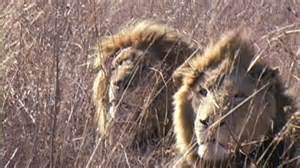
Lions live in places where the grass is often very brown
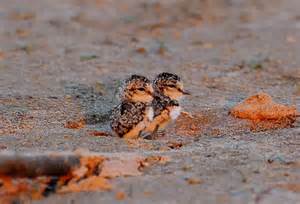
Plover chicks

A tawny owl
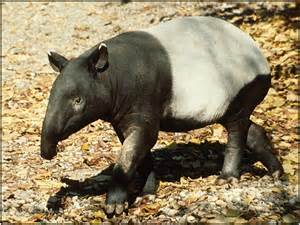
A Malayan tapir

An arctic fox

A white mountain goat

Insects use camouflage too –
this Dingy Skipper butterfly settles on dead flower heads at night

Camouflage is used by sea creatures as well –
like this ray who likes to rest on a sandy sea bed and blend into the background
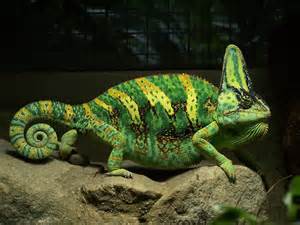
Chameleons come in lots of shapes

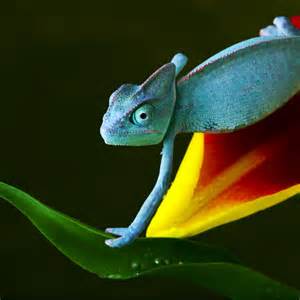

Chameleons
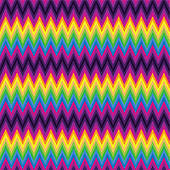
!

 THE SALTY SAM NEWS DESK
THE SALTY SAM NEWS DESK

Farmer Jenkins has a sheep dog that helps him round up the sheep and the geese on his farm.
(I don’t think he gets confused when he is running after the sheep because they don’t have dazzle patterns. ![]() )
)
Did you know that in the olden days when farmers wanted to take their geese to market they had no trucks as transport so the geese and the farmer all had to walk there?
To stop the geese’s feet getting sore, the farmer wrapped scraps of cloth or leather around them to make a sort of ‘goose boot’, or they dipped the geese’s feet in a mixture of tar and sand and this acted as a protective coating. They must have looked as though they had little black shoes on!
A group of sheep is called a ‘flock’ and a group of geese is called a ‘flock’ as well but do you know the words we use to describe groups of these animals?

- cows
- locusts
- dolphins
- fish
- bees
- flies
- lions
- wolves
- elephants
- monkeys


*********************
TO ADVERTISE ON THIS BLOG
PLEASE CONTACT:
christina.sinclair.ads@aol.co.uk
*********************


Quick Quiz
What colours are these?
- azure
- flaxen
- scarlet
- verdant
- cobalt
- primrose
- sepia
- claret
- olive
- violet
- cerulean
- vermillion
- ruby
- lilac
- eau de nil
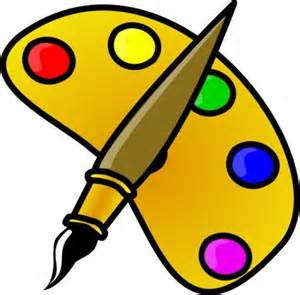
BLOW MY FOGHORN!!!

PLUS
Salty Sam fans can join in with their comments and share them with children all over the world. You will need to ask permission if you are not an adult.
Enter your e-mail address to subscribe to my blog and receive new Salty Sam Blog Posts for free by e-mail every week. Your address will be kept private and will not be shared with any third party.
Sign me up at the side bar



lt’s the Weekend!
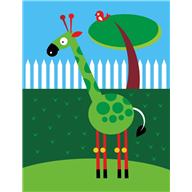
HOW TO MAKE A RAlNBOW YARN CUSHlON AND BOX
This pattern can be used on canvas and used to make a cushion front, or it can be used on plastic canvas and made into a box.
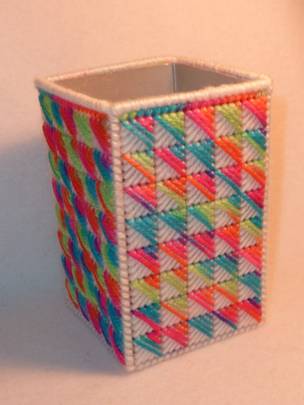
You could make both to match a bedroom colour scheme.
Any colour of rainbow yarn can be used. Its random nature will create a random pattern on your cushion or box. As you work it will change colour in your fingers!
The juice box creates a lining for the box so that you can keep pens and pencils in it.
To make the box, you will need to cut 5 panels of plastic canvas to fit around a box that has had juice in it. Add an extra line of holes each side of the side panels, then the base should have the same number of holes as the width of the side panels, but make sure that the number of holes you count will accommodate the type of canvas work stitch that you want to use.
The box in the photograph has side panels of 34 holes for the height and 21 holes for the width. The base is a square 21 holes by 21 holes. You don’t have to use a square juice box, it can be rectangular.
TIP
Use spare pieces of short yarn to mark your cutting lines by threading them loosely into the canvas first to make sure you have counted out correctly – then double check your counting.
- Work diagonal squares across 5 holes in white yarn working up from the bottom to create white squares.
- Then work across these squares in the opposite direction using rainbow yarn but only using four stitches to create coloured triangles on top of the white squares.
- Work a line of stitches across the top of each side panel in rainbow yarn.
- The base has just white squares and a white border.
- Sew the side panels to the base then the sides together up the corners using white yarn.
- Cut your juice box down to fit neatly inside your plastic canvas box by placing it inside and drawing along the top of the canvas box.
- Make sure the juice box is well rinsed out and dry.
- Then sew around the rim twice to make a double thickness of yarn.
- When the box becomes dusty you can replace it.
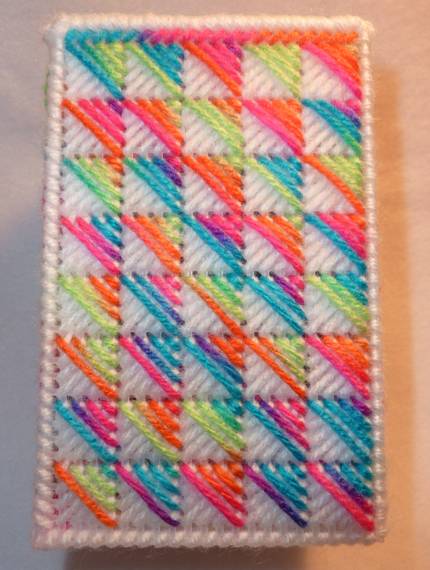
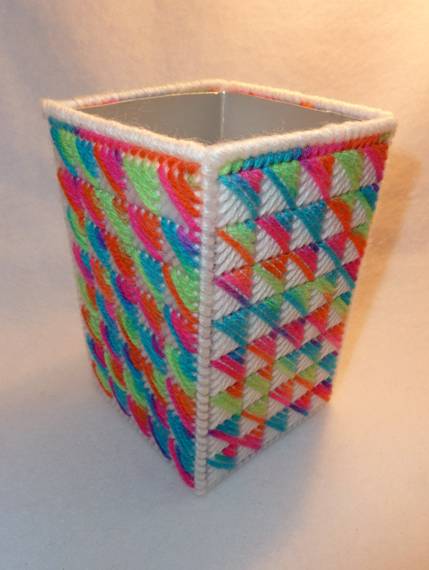
Please note that the material on this blog is for personal use and for use in classrooms only.
It is a copyright infringement and, therefore, illegal under international law to sell items made with these patterns.
Use of the toys and projects is at your own risk.
©Christina Sinclair Designs 2015
Answers to the News Desk Quiz
- herd
- plague
- school
- shoal
- nest
- swarm
- pride
- pack
- herd
- troop
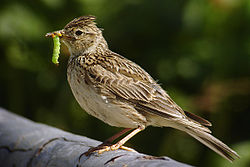
A skylark
There are lots of words like these. Have you heard of a murder of crows, a murmuration of starlings, an unkindness of ravens or an exaltation of larks?
What about a caravan of camels, an intrigue of cats, a venue of vultures, an army of caterpillars, a scurry of squirrels or a crash of rhinoceroses?
![]()
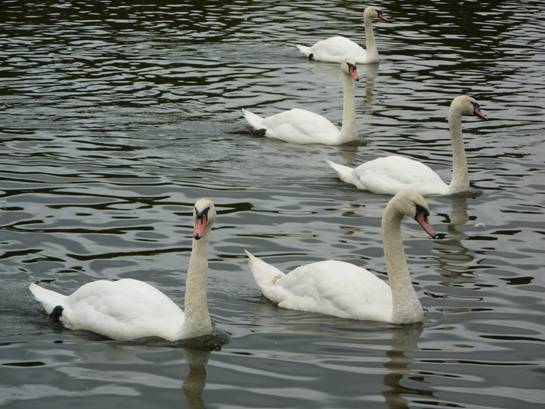
A team, bevy or lamentation of swans

Quick Quiz Answers
- azure – blue
- flaxen – yellow
- scarlet – red
- verdant – green
- cobalt – blue
- primrose – yellow
- sepia – brown
- claret – red
- olive – green
- violet – purple
- cerulean – blue
- vermillion – red
- ruby – red
- lilac – purple
- eau de nil – green
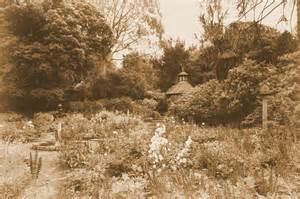
A sepia photograph
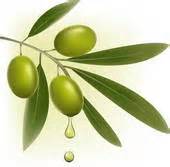
Olives
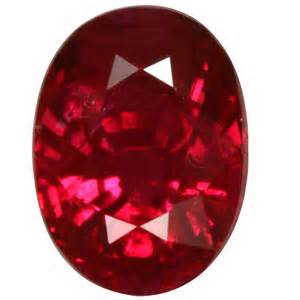
A ruby


